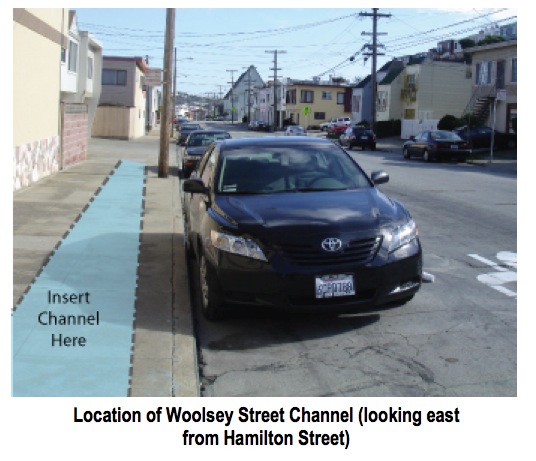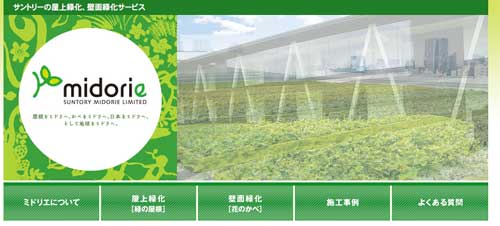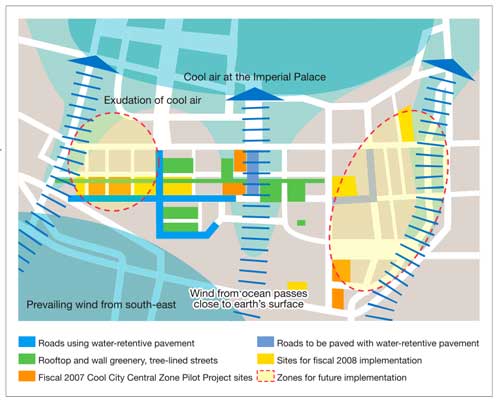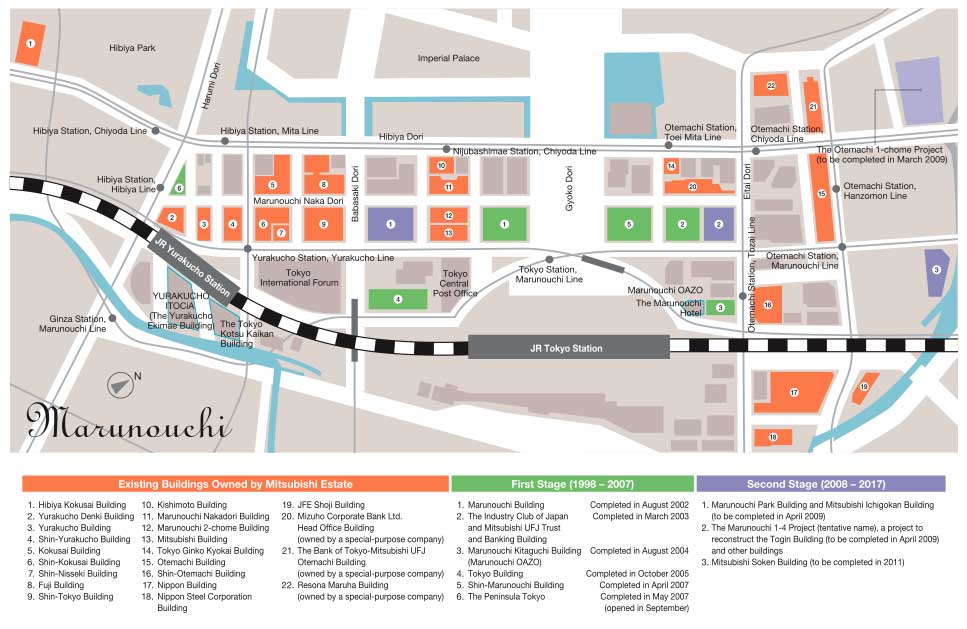
I am amazed by this illustration of how to squeeze a mini-creek into a San Francisco sidewalk (from the wonderful Streetsblog). Faced with an aging sewage infrastructure at risk of failure, San Francisco’s water utility is experimenting with bold, low-impact designs, including green roofs, daylighted creeks, rain barrels, and permeable pavement.
The obstacles to this change are enormous. For decades, urban water management has meant removing green space and channeling water into treatment plants. But if successful, mini-creeks and urban watersheds can significantly reduce sewage discharge to the city’s bay and rivers, with estimates ranging from 28% reduction to 91% reduction in water pollution.
In addition to the functional benefits of reduced pollution, mini-creeks will add beauty to what are now life-less streets, and attract wildlife and nature. Restoring creeks will provide a greater connection to the natural environment and urban history.


